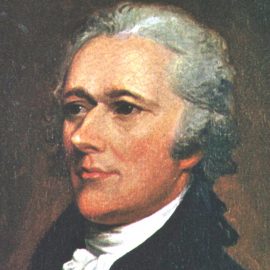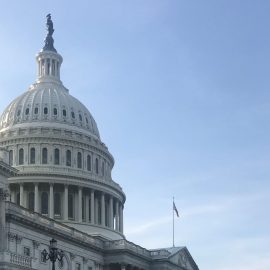

This article is an excerpt from the Shortform book guide to "A Promised Land" by Barack Obama. Shortform has the world's best summaries and analyses of books you should be reading.
Like this article? Sign up for a free trial here .
What is the Tea Party? How did the movement start and how did it grow?
The Tea Party movement started as a backlash to President Obama’s liberal policies, particularly the healthcare reform bill. As the Tea Party gained steam, it became acceptable in other Republican circles.
Read more about the Tea Party and how it started.
The Beginnings of the Tea Party Movement
The explanation of the origin of the Tea Party is complicated and started with opposition to Obama’s healthcare bill. Even if GOP senators had wanted to vote for the bill, they could hardly afford the political price of doing so now. The party had shifted into full-blown opposition mode, with Republican politicians and their allies in right-wing media outlets like Fox News labeling the bill a socialist-inspired government takeover of the health care system.
Back home in their districts during the summer, Democratic members of Congress were shocked by the virulent (and sometimes violent) right-wing protests that interrupted their speaking events and town halls. Demonstrators voiced their fierce opposition to the emerging health care bill, falsely claiming that it would provide coverage to illegal immigrants, use taxpayer dollars to fund abortion procedures, and give government bureaucrats the power to put terminally ill patients to death.
These health care protests were one of the earliest manifestations of the rising Tea Party movement, a right-wing populist coalition focused on opposition to progressive taxation and the welfare state. A core message of the movement was that the lazy and undeserving “takers” were draining the resources of the hardworking “makers” through overly generous redistributive public programs.
As had always been the case with anti-welfare politics, the definition of who was a “taker” (urban Blacks) and who was a “maker” (suburban and rural whites) was strongly implied. The movement frequently highlighted this component of their message by waving Confederate flags at their rallies and displaying signs and placards that depicted the nation’s first Black president as an African witch doctor with a bone through his nose.
Despite its extremism, as the Tea Party gained steam, Republican politicians began to enthusiastically echo its rhetoric and eagerly apply the Tea Party label to themselves. In one dramatic example of just how far the GOP had steeped itself in Tea Party radicalism, an obscure Republican member of Congress from South Carolina named Joe Wilson shouted “You lie!” at Obama during a September 2009 televised joint session of Congress as the president discussed his health care proposal.
The shocking breach of decorum stunned the president, vice president, and Speaker Pelosi as they sat on the dais. But, in yet another sign of just how hostile the Republican base had become to Obama, Wilson politically benefited from his outburst—indeed, he received a significant surge in online contributions from supporters who cheered on his display of hostility to the president.
(Shortform note: For a deeper analysis of the resentments that fueled the rise of the Tea Party, read our summary of Arlie Hochschild’s Strangers in Their Own Land: Anger and Mourning on the American Right.)

———End of Preview———
Like what you just read? Read the rest of the world's best book summary and analysis of Barack Obama's "A Promised Land" at Shortform .
Here's what you'll find in our full A Promised Land summary :
- How Barack Obama went from relative obscurity to the first Black president
- What principles guided his political leadership style
- Why Obama retained an unshakable faith in the potential and promise of America






